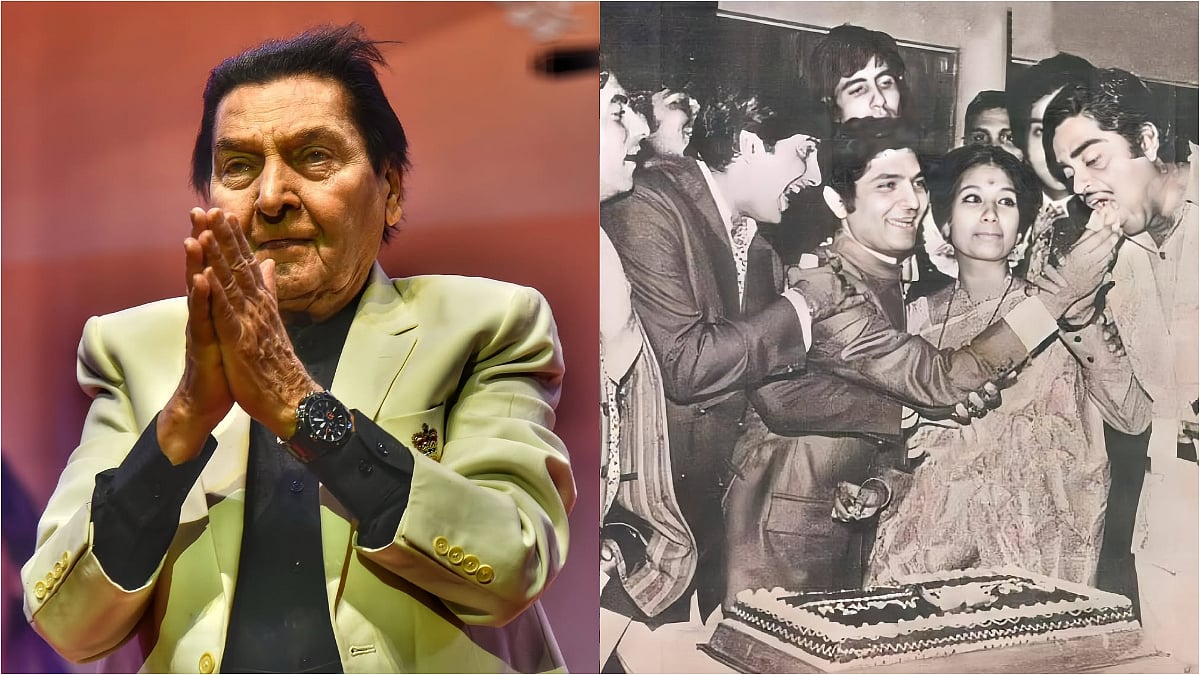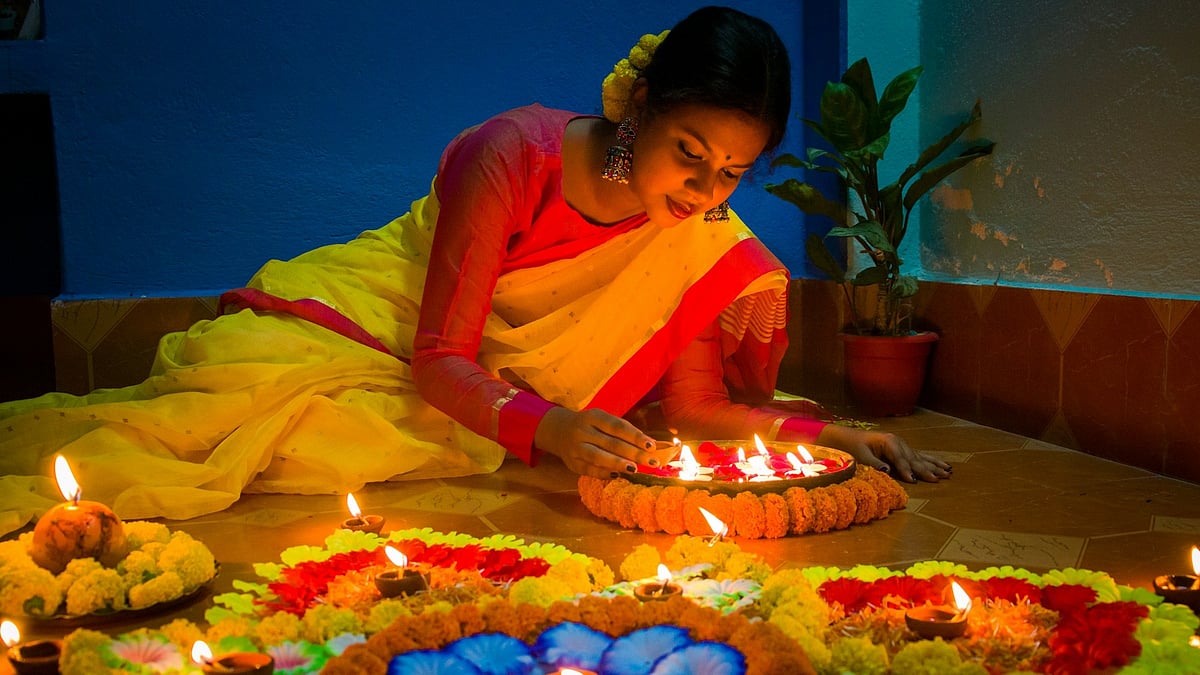Entering Mandu through one of its pols or gates, it is hard not to miss the stately Baobab tree, a native of Madagascar that looms majestically over the landscape. Tall, with a substantial girth, its expansive branches make it a showstopper.
But that’s not the only tourist attraction in this ancient fort city. From monuments, caves and nature in all its glory, there’s plenty here to satisfy an avid traveller.

Baobab tree |
When history beckons
As this was my first trip in the middle of the pandemic, to say I was extra cautious would be an understatement. However, as masks were mandatory at most tourist spots, and sanitizers and thermal scanning were compulsory, I felt safe. Accessible by road from Indore, the 90-km stretch takes under two hours. What strikes you as you enter the town is the large number of monuments. I later learnt that the town has over 3,000 monuments! Interestingly, Mandu was also known as the ‘City of Joy’ as it once bustled with a population of over 9 lakh, which has now of course dwindled to about 10,000.

Arches in Jami Masjid |
All around the town are palaces, lakes, mosques and pavilions built between 1401 and 1529, by the Malwa dynasty. I started my exploration at the Jami Masjid, built in 1454, and believed to have been inspired by the great mosque at Damascus. As I took the flight of stairs, the amazing arches and pillars took my breath away.

Hoshang Shah’s Tomb |
Right next to it is the first marble tomb of India, dedicated to Malwa’s most powerful Sultan, Hoshang Shah. Built in 1440, the tomb is said to have been the inspiration for Shah Jahan’s monument to love, the Taj Mahal.
Opposite stands the Ashrafi Mahal, with the ruins of a seven storeyed Victory Tower built by Sultan Mahmud in 1443. Of swinging palaces and man-made lakes.
One must-see monument here is the expansive Jahaz Mahal or Ship Palace that was built by the fifth Sultan of Malwa, Ghiyasuddhin. Located between two man-made lakes – the Kapur Talao and Munja Talao – it actually made me feel as if I was aboard an anchored ship! It is said that this palace was the Sultan’s harem and housed 15,000 women who also worked as his bodyguards.
At the entrance is the Taveli Mahal, which also houses a museum. This is where the Hindola Mahal or the Swinging Palace is located – the name originated from the inward sloping walls. The Champa Baoli next to this has a series of subterranean rooms that were cooled by the flowing water surrounding it.
The Gada Shah’s House and Shop is another monument here that belonged to a Rajput chieftain in the court of Mandu. The shop is a large hall meant to host an audience while the house is his double storeyed residence that has fountains and even two paintings of him and his wife. The enclave is quite huge, and it easily takes a couple of hours to enjoy its beauty and craftsmanship.
Star-crossed lovers
However, what Mandu is most known for is the love story of its last Sultan - Baz Bahadur - and a shepherdess, Rupmati. The couple fell in love but was tragically separated when Baz Bahadur fled the town to escape death in the battlefield. Rupmati however, consumed poison and died by suicide she preferred death to being captured by Adham Khan, who defeated Baz Bahadur.
The two monuments here – the Baz Bahadur Palace and Rani Rupmati Pavilion – located close to each other stand as mute spectators to this epic love story. In fact, the Rupmati Pavilion is located on a steep elevation and has two watch towers from where she would gaze at her favourite Narmada river.
Sunsets, birds and bliss
Mandu is not just about monuments. The fauna here is especially delightful for bird watchers. From the Oriental White Eye and sunbirds, to barbets and kingfishers, there’s plenty to feast your eyes on.

Kakra Kho |
Kakra Kho, a deep gorge about four kilometers north of Mandu separates Mandu from the main plateau of Malwa and is a stunning site that gives you a sweeping view of the landscape.
And there are the Lohani Caves, which offer a magnificent view of the sunset. As I watched the sun go down, infusing the sky with a swathe of orange, I realised that this trip – despite the pandemic - was probably the best decision I had taken.
So, the next time you are in Madhya Pradesh, make sure to include Mandu in your itinerary, it’s a little gem that is waiting to be discovered and one that has many aces up its sleeve to leave you pleasantly surprised.
Factfile:
Reach: Indore is the nearest airport 90-km away
Stay: MPT Malwa Resort, Mandu
Best Time to Visit: October and March. The annual Mandu Festival by MP Tourism and E-Factor Entertainment Pvt. Ltd. also takes place in this time period.











